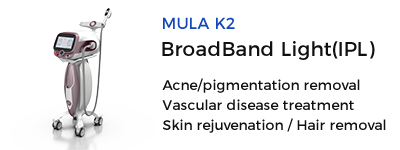Broadband Light vs. IPL for Acne Treatment
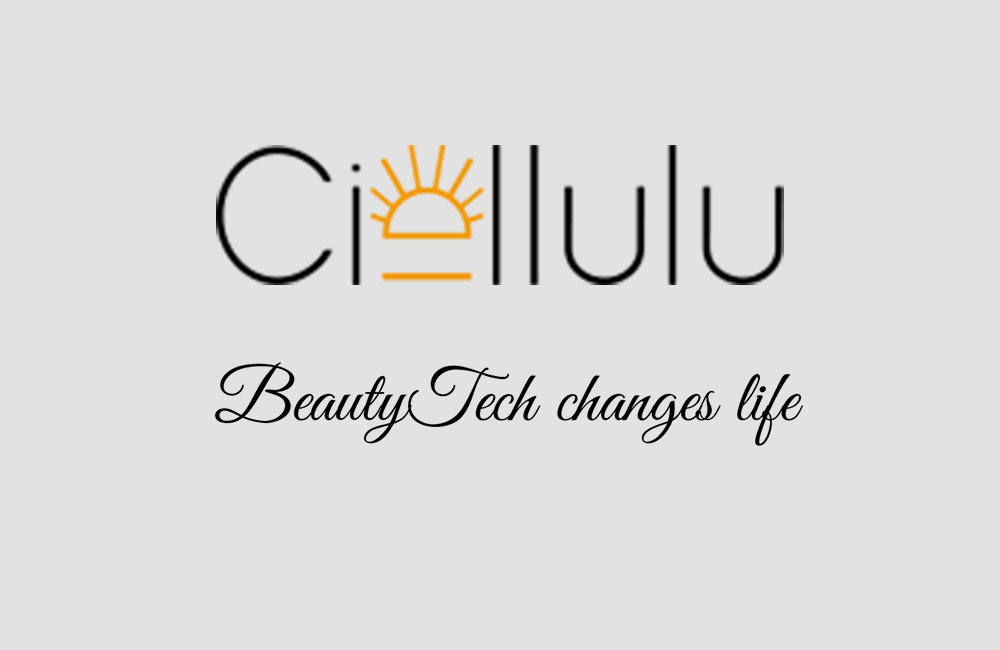
Broadband Light vs. IPL for Acne Treatment
Title: Broadband Light Vs. IPL for Acne Treatment: An In-depth Comparison
Acne is often associated with puberty but it can persist into adulthood, affecting many individuals' self-esteem and confidence. Fortunately, with advancements in medicinal and cosmetic technology, there are several effective treatments available. Two of these treatments include Broadband Light (BBL) therapy and Intense Pulsed Light (IPL). This article aims to offer a detailed comparison between these two popular acne treatments.
Broadband Light Therapy for Acne:
Broadband Light therapy, often referred to as BBL, is a technology used for various dermatological procedures, including acne treatment. The process involves the use of high-intensity light that penetrates the skin's layers, targeting the acne-causing bacteria and reducing inflammation. Another key feature of Broadband Light therapy is its ability to stimulate your body’s natural healing processes, which can improve the skin's overall texture, tone, and appearance.
Broadband Light therapy is one of the most advanced and versatile skin treatment methods available and is known for its effectiveness in treating a wide range of skin conditions, including acne. The treatment is safe and can be tailored to suit individual needs and skin types. You can find more in-depth and specific information about Broadband Light therapy on CiEllulu or directly on the Broadband Light Laser Treatment page.
Intense Pulsed Light (IPL) for Acne:
On the flip side, we have Intense Pulsed Light (IPL) also known as photorejuvenation. Just like BBL, IPL is a type of light therapy used to treat various skin issues, including acne. The IPL device sends out multiple wavelengths of light onto the skin–as opposed to the single wavelength used in laser treatments. This broader spectrum allows IPL to target and destroy the P. acnes bacteria that are often the cause of acne breakouts.
However, the key differences between IPL and BBL treatments become evident when we delve deeper into the specifics. IPL primarily acts on the superficial layers of the skin (epidermis) and is somewhat less versatile compared to BBL, which can treat deeper skin layers (dermis) and provide more comprehensive results depending on the specific condition being treated.
Therefore, while both treatments have their benefits, it highly depends on the individual's skin condition, his/her response to treatments, and specific needs to decide which treatment is the right fit.
Choosing the Right Acne Treatment:
When deciding between Broadband Light therapy and IPL, it's crucial to consult with a professional dermatologist or technician, who can examine your skin and recommend a treatment plan that is best suited for your individual needs. Factors such as your skin type, the severity of your acne, and desired results should all be taken into consideration. Also, remember that these treatments might require several sessions for optimal results.
In conclusion, both Broadband Light and IPL are effective treatments for acne. However, they are different in some aspects, like the depth of their treatments, versatility, and relative effectiveness. To find out more about which treatment suits you the best, visit your dermatologist or find more resources on CiEllulu.

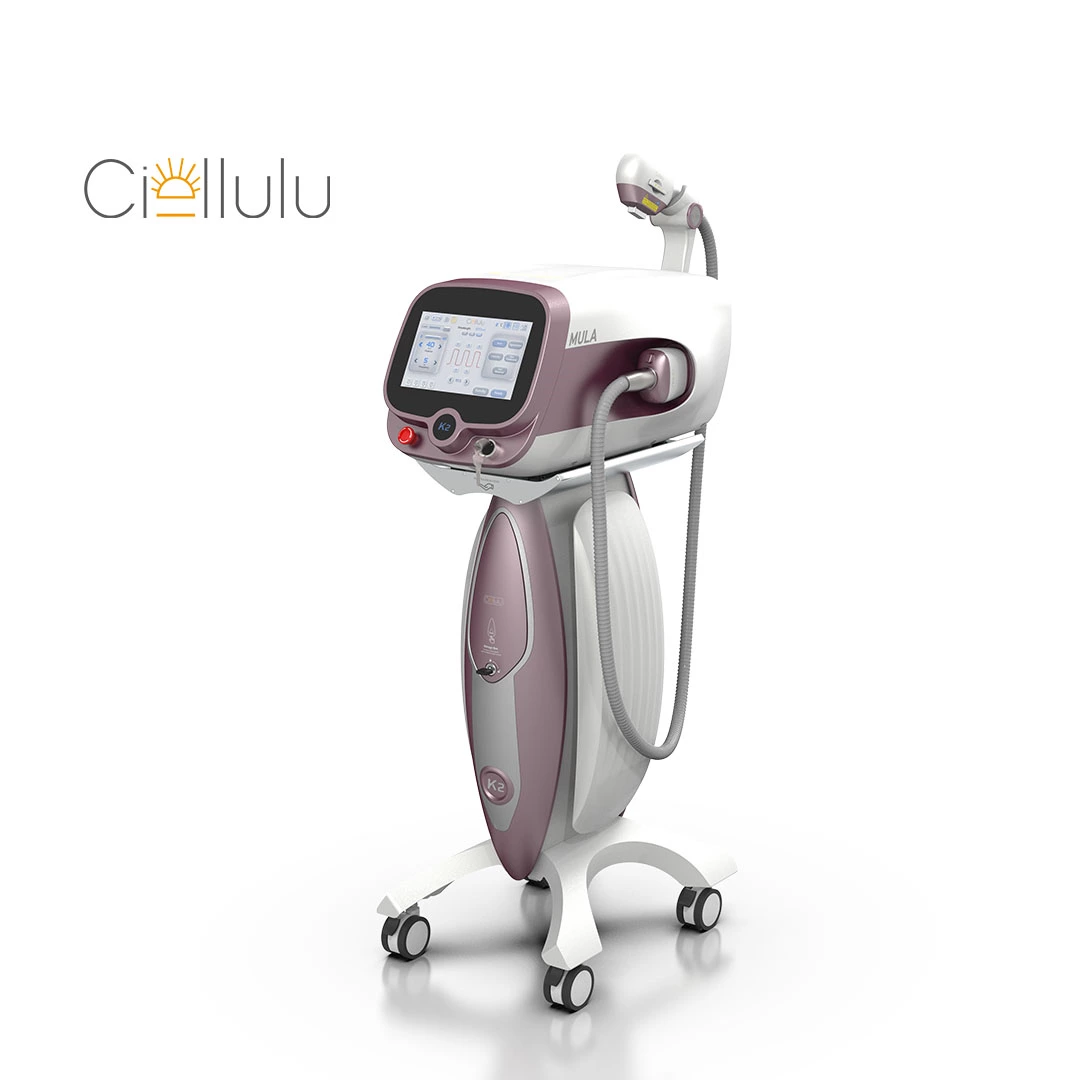
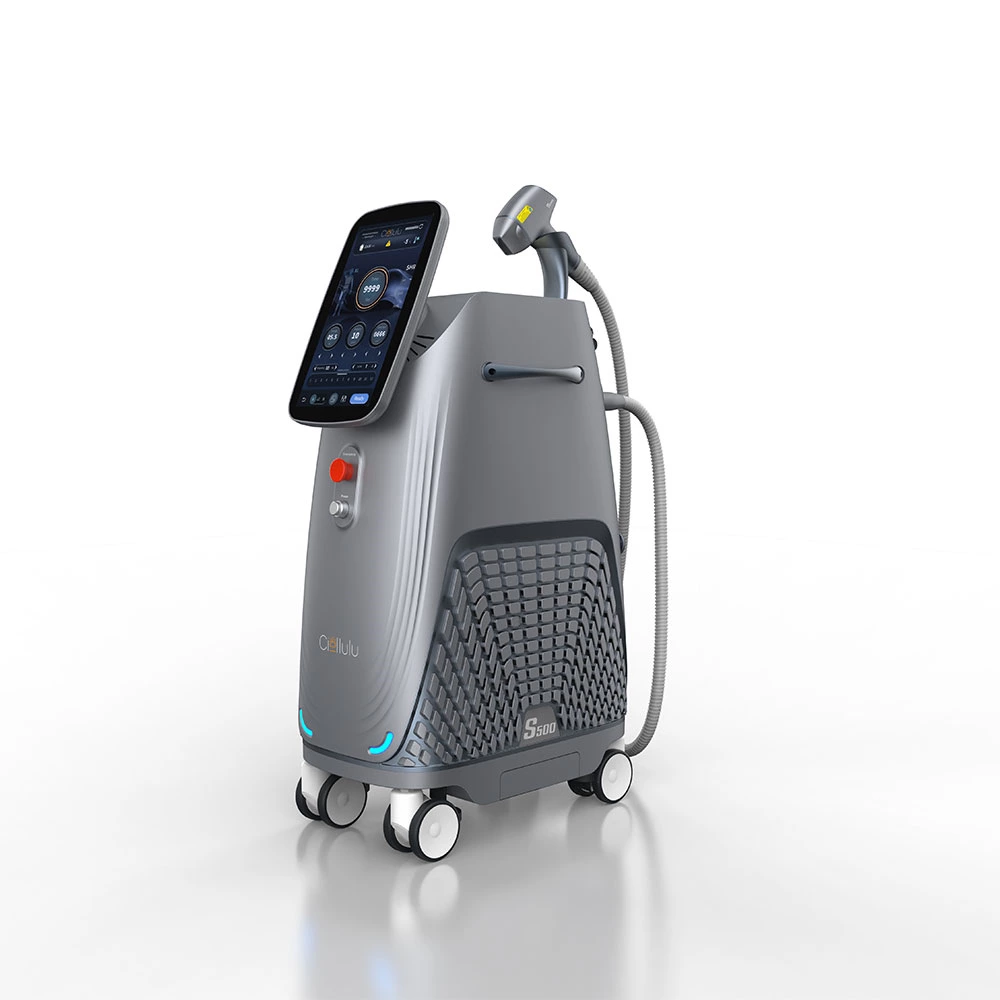
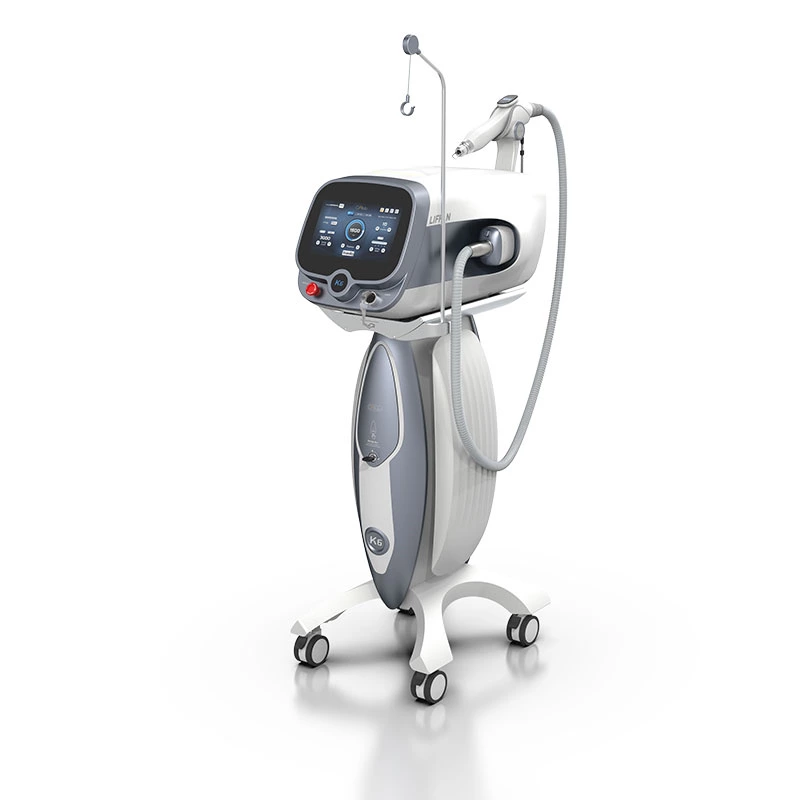
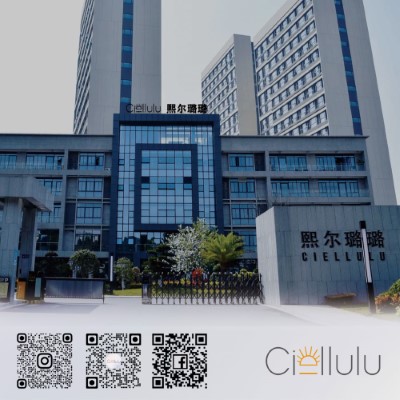 Ciellulu Laser - Facial Machine Supplier
Ciellulu Laser - Facial Machine Supplier